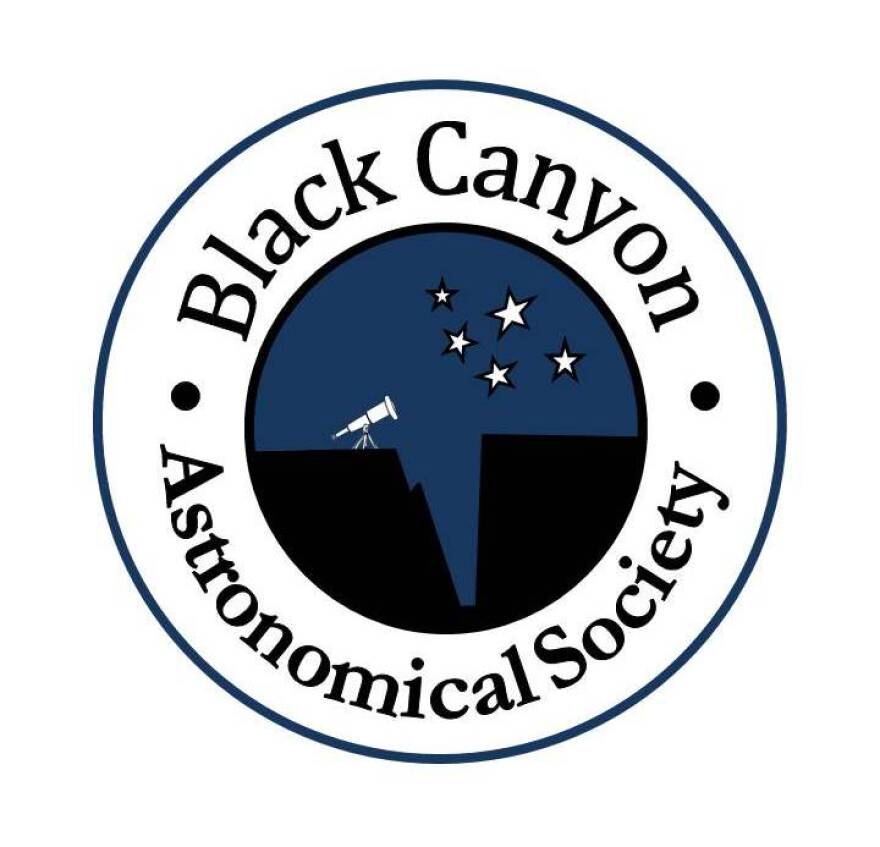Rise early on Wednesday morning, May 26th, find a place with an open western horizon, and look up. If the sky’s clear, you’ll see the first of this year’s two lunar eclipses.
Lunar eclipses happen when the full Moon moves into Earth’s shadow, as cast by the Sun. Unlike solar eclipses, lunar eclipses are visible from Earth’s entire night-side. The May 26 eclipse will be total, but barely so, as our Moon will traverse only the northernmost part of Earth’s umbral shadow.
The eclipse begins almost imperceptibly at 2:48 AM MDT, when the “leading” edge of the Moon contacts the partial shade of Earth’s penumbral shadow. An astronaut on the Moon within the penumbra would see a partial eclipse of the Sun by the Earth. For us, the real action starts at 3:45 AM, when the Moon enters Earth’s darker, umbral shadow. Binoculars will enhance your view. As the partial eclipse progresses, the Moon’s brightness will diminish greatly. You’ll start to see fainter stars, and perhaps even the Milky Way. An astronaut on the Moon within the umbra would see a total eclipse of the Sun by the Earth. How cool would that be?
Nights during late May are short in western Colorado, and astronomical twilight begins at 3:57 AM, when the sun is 18 degrees below our horizon. By 4:41 AM, with the Sun 12 degrees below the horizon, the sky will start brightening rapidly, well before the eclipse becomes total at 5:11. Greatest eclipse occurs at 5:19 AM. Look for a reddish hue on the totally eclipsed Moon. Such reddening is caused by sunlight bent into the umbra by Earth’s atmosphere. Totality for this eclipse lasts only about 15 minutes, ending at 5:26 AM. For us in western Colorado, the totally eclipsed Moon will be low in the west in bright twilight. The Sun rises at about 5:51 AM, just before the Moon sets, still partially eclipsed. If you’d like to see this total lunar eclipse in a darker sky, consider traveling west, perhaps to California, or better yet, Hawaii.
If you miss this eclipse, don’t worry. You’ll have another chance to see a lunar eclipse on November 19th, a deep partial eclipse that ends before twilight begins in Colorado. And, we’ll have 2 chances to experience totality during lunar eclipses in 2022.

Western Slope Skies is produced by the Black Canyon Astronomical Society. This episode was written and recorded by Art Trevena.


